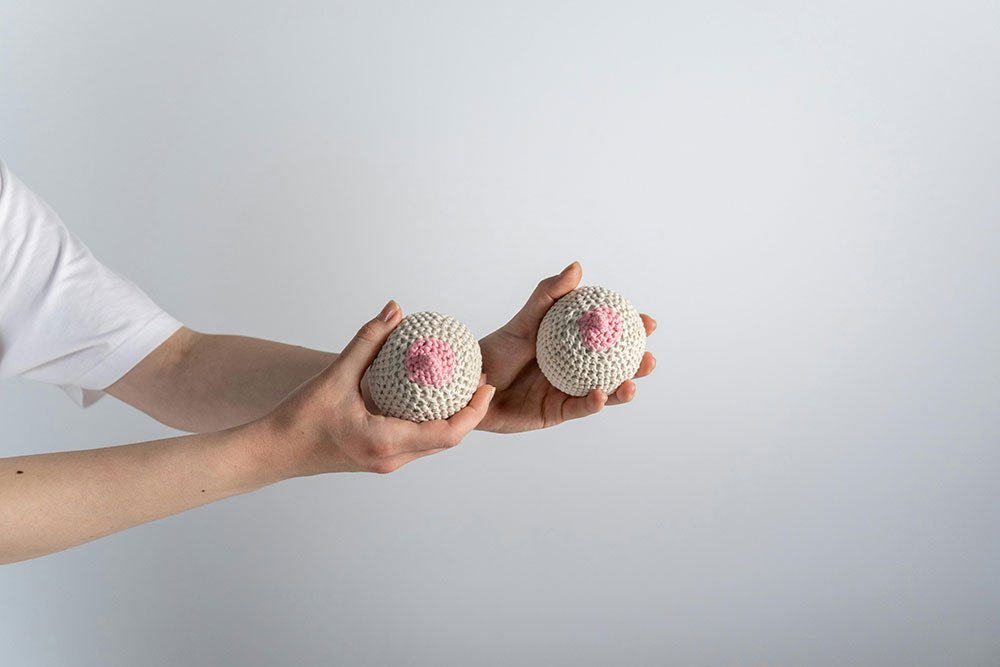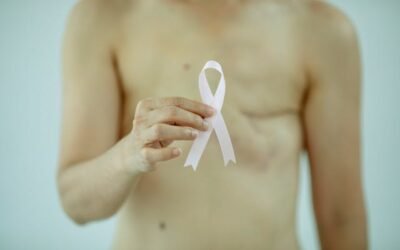Exploring the Role of Homeopathy in Breast Cancer Prevention
While conventional medical science has made significant strides in the early detection and treatment of breast cancer, individuals are increasingly turning to holistic approaches like homeopathy to complement these efforts.
This blog delves into the role of homeopathy in the prevention of breast cancer, highlighting its holistic perspective and how it can contribute to an overall strategy of cancer prevention.

Homeopathy: A Holistic Approach to Health
Homeopathy operates on the principle of “like cures like,” where substances that can produce symptoms of the ailment in a healthy individual are used in very small amounts to treat similar symptoms.
This practice emphasizes the body’s natural ability to heal itself and considers the patient’s physical, emotional, and psychological well-being as interconnected aspects of health.
Potential of Homeopathy in Breast Cancer Prevention
The concept of preventing breast cancer with homeopathy revolves around enhancing the body’s natural defense mechanisms and mitigating factors that can predispose someone to develop the condition.
It’s crucial, however, to understand that homeopathy does not claim to cure or prevent cancer in the conventional sense. Instead, it aims to support the body’s innate health processes and balance, potentially lowering the risk factors associated with the development of breast cancer.
Key Homeopathic Remedies and Their Preventative Insights
Several homeopathic remedies have been highlighted for their potential in supporting breast health and balancing mind-body wellbeing, including:
- Conium Maculatum: Traditionally used for swelling and indurations in the breast, possibly mitigating precancerous conditions.
- Phytolacca Decandra: Often recommended for breast pain and inflammation, aiming at improving overall breast health.
- Calcarea Carbonica: Suited for individuals prone to cysts and fibroadenomas, this remedy focuses on metabolic balance and reducing predispositions to growths.
While these remedies represent a fraction of homeopathic treatment options, the selection and application should always be conducted by a professional homeopath tailored to the individual’s specific health profile.
Integrating Homeopathy into a Comprehensive Prevention Plan
Integrating homeopathy into a breast cancer prevention plan should be seen as part of a broader holistic approach to health. This includes a healthy diet, regular exercise, stress management, and regular screening and medical check-ups as essential components. Communicating with healthcare providers about using homeopathy alongside conventional preventive measures is crucial to ensure a harmonized approach to health and wellness.
The Research Landscape on Homeopathy and Cancer Prevention
Research on homeopathy’s effectiveness in cancer prevention is sparse, and existing studies offer limited conclusive evidence. However, individual case studies and anecdotal evidence suggest that homeopathy may play a role in enhancing general well-being and possibly modulating risk factors associated with breast cancer. It’s important for ongoing and future research to deepen our understanding of how homeopathy can contribute to cancer prevention strategies.
Conclusion
The role of homeopathy in breast cancer prevention is complex and multifaceted, emphasizing the body’s natural resilience and the holistic integration of mind, body, and emotional health. While not a substitute for conventional medical prevention strategies, homeopathy offers a complementary pathway that focuses on enhancing overall well-being and potentially reducing certain risk factors associated with breast cancer. As we continue to explore and validate the contributions of holistic practices like homeopathy, it is critical for individuals to approach cancer prevention with a balanced and informed perspective, seeking professional guidance to tailor the best possible preventive care strategy.
Homeopathy for Post-Surgical Healing in Breast Cancer Patients
Post-surgical healing in breast cancer patients involves managing physical pain, inflammation, and emotional recovery....
Supporting Emotional Resilience During Breast Cancer Treatment with Homeopathy
Breast cancer treatment can take a significant emotional toll on patients, often leading to anxiety,...
Homeopathy for Skin Care During Radiation Therapy for Breast Cancer
Radiation therapy is a common treatment for breast cancer, but it often leads to side effects such as skin irritation,...





